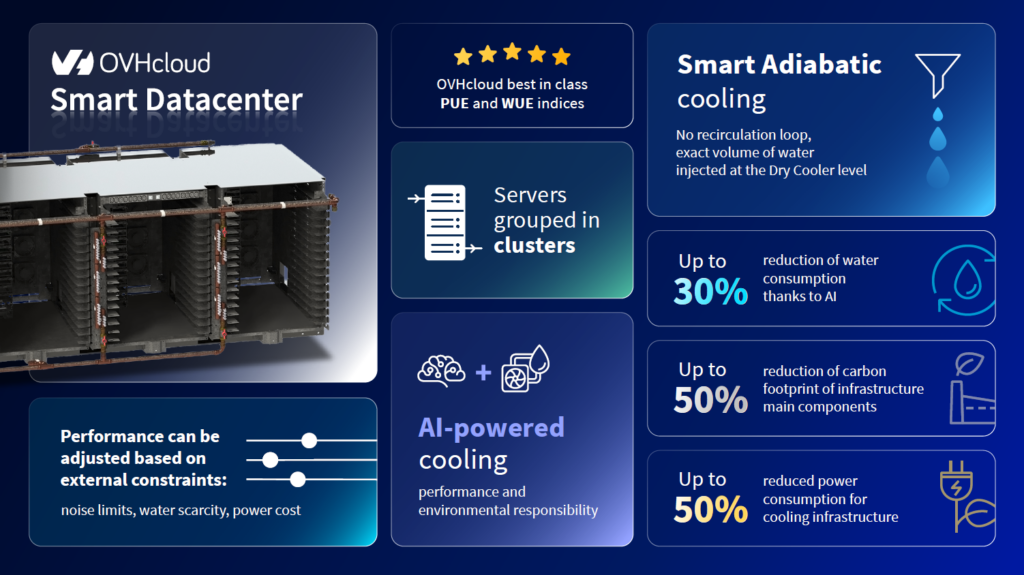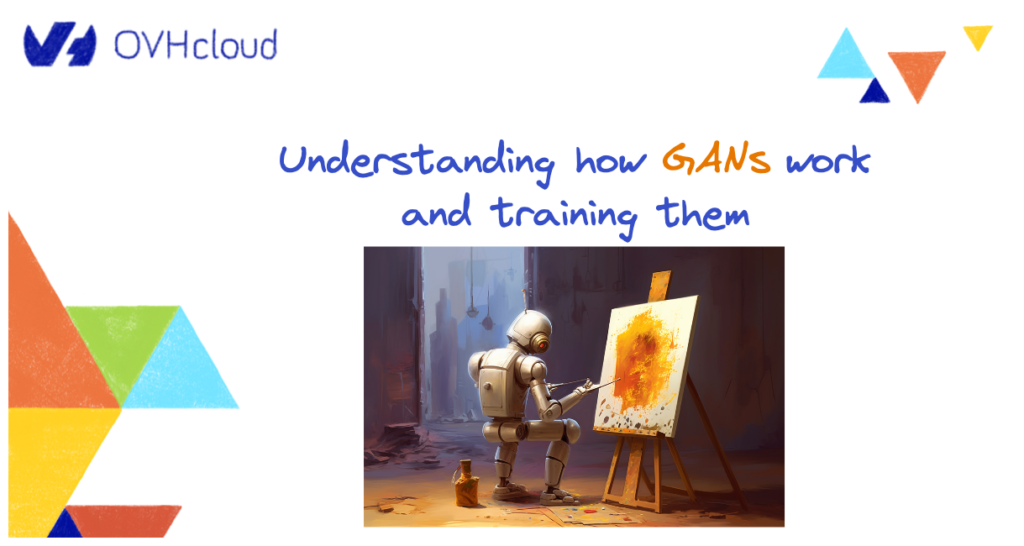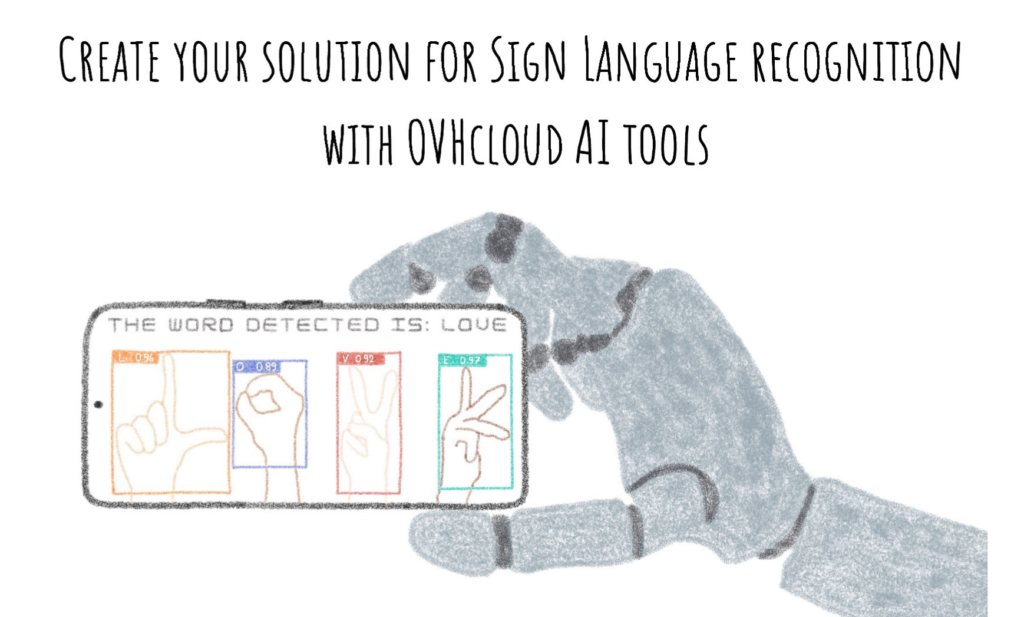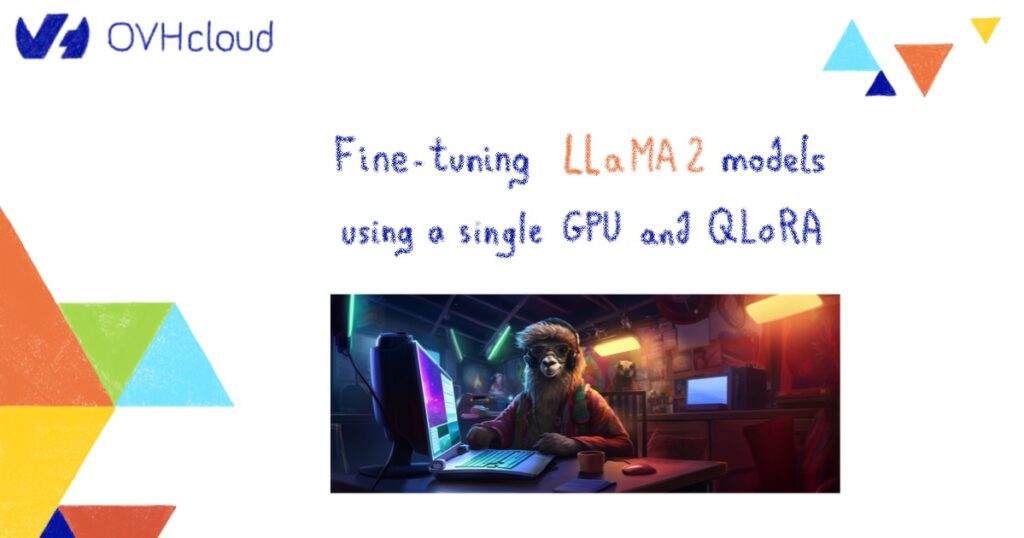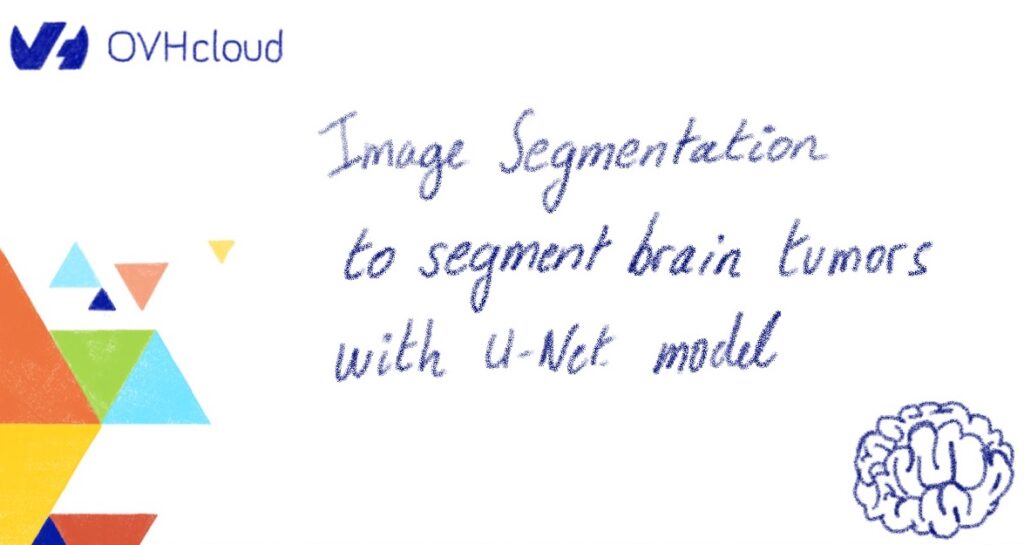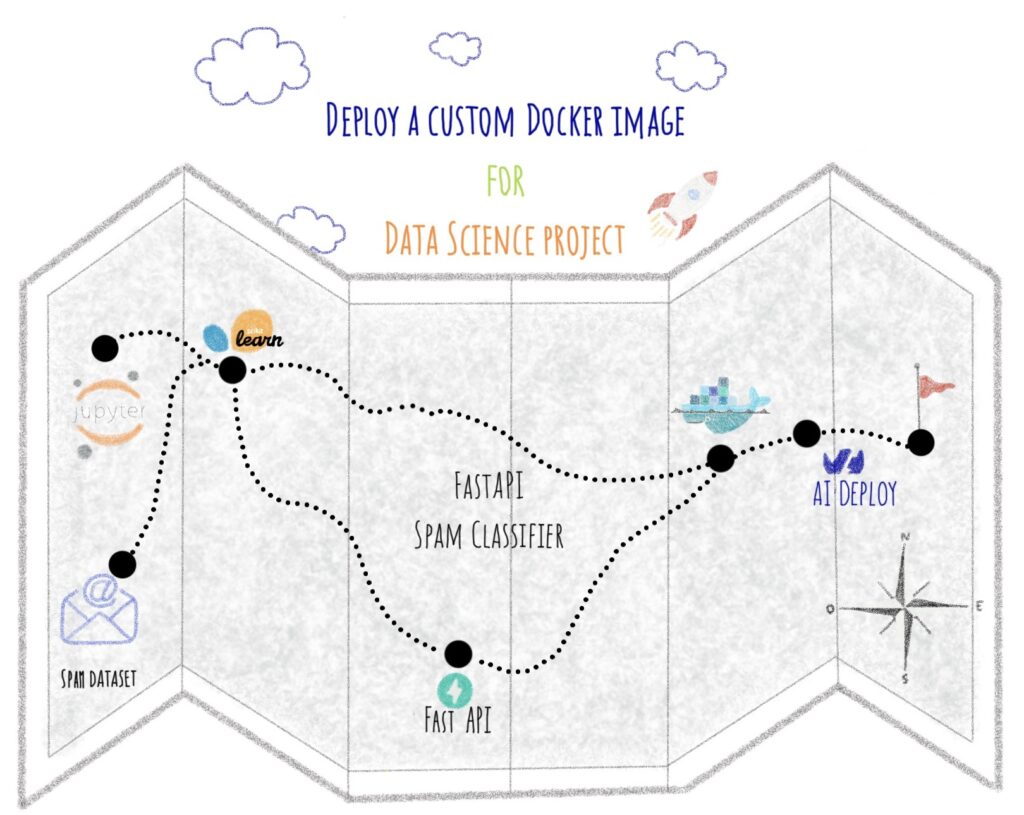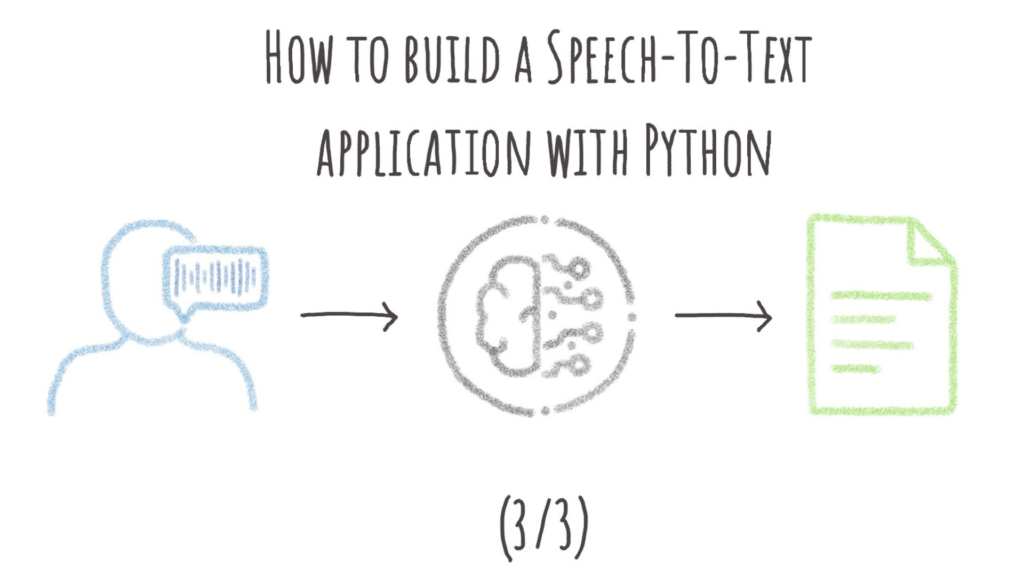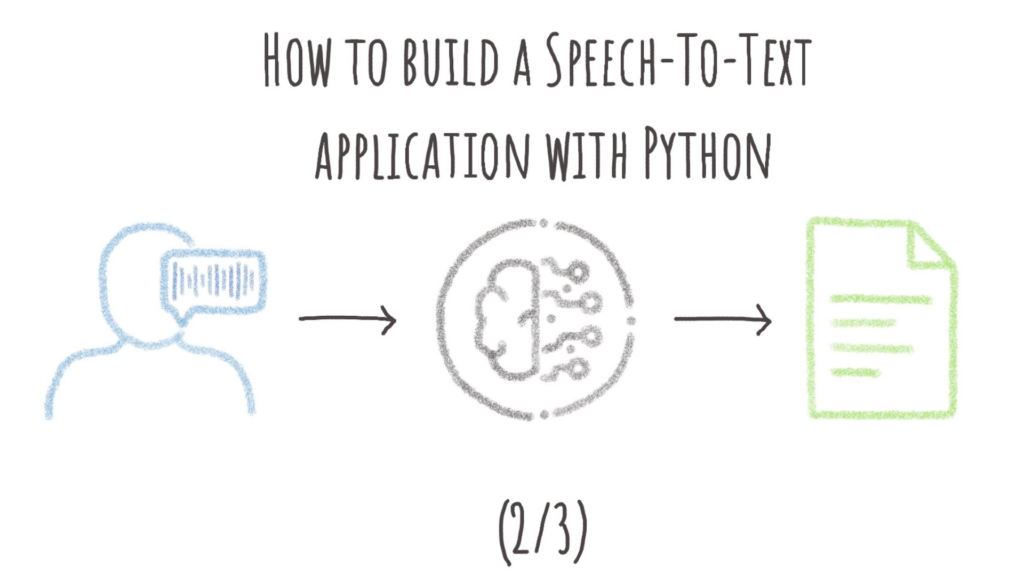Industrial Excellence meets Artificial Intelligence: Behind the Scenes with Smart Datacenter
At OVHcloud, we are constantly looking for ways to improve our operations and reduce our impact on the environment. This has been a defining part of the company since 1999 and is a key part of our organisational DNA and our commercial model. We are very proud to present the new Smart Datacenter cooling system, […]

